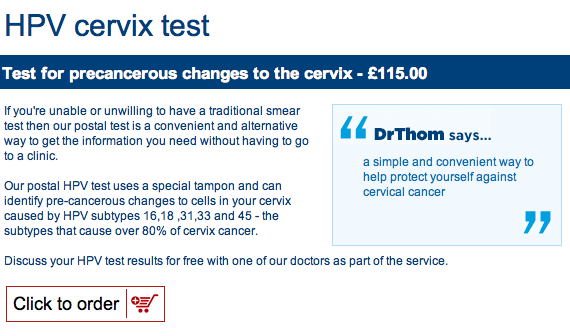
A new study published in the journal Lancet on March 1 reports that the human papillomavirus (HPV) infects about half of men in the United States, Brazil and Mexico. Here’s what you need to know about this prevalent sexually transmitted virus.
The study also cites that every year, six percent of men become newly infected with HPV 16, the strain that causes cervical cancer in women and other cancers in men.
Risk factors increase the more sexual partners a person has. Men who had 50 or more female partners were 2.4 times more likely to become infected than men who had one or no partner. For men who had been with three or more male partners, the risk was 2.6 times higher than men with no male partners.
The study cites more than 40 types of HPV that are transmissible via sexual contact, with genital warts being the most common. Most men who get any time of HPV, however, never develop any symptoms or health problems. other types can cause penile, anal, or head and neck cancers.
Currently, there is no test to find HPV in men, nor is there any recommended routine screening for men. some doctors use Pap tests to screen for anal cancer in men, however, and a screening for oral lesions can be conducted during a dental visit.
Boys and men ages 9 to 26 can be vaccinated against the HPV strains that cause cancer and genital warts, according to the US-based Centers for Disease Control and Prevention (CDC), as can young women under the age of 26.
Condoms, if used every time you have sex from start to finish, may lower your chances of passing HPV to someone else or developing an HPV-related disease yourself, according to the CDC. but HPV can infect areas that are not covered by a condom, so they don’t offer full protection.
The CDC states that because HPV is so common and usually invisible, the only sure way to prevent it is not to have sexual contact. More realistically, limiting your number of sexual partners can reduce your risks.
Get the facts here: cdc.gov/std/hpv/stdfact-hpv-and-men.htm
cancer.gov/cancertopics/factsheet/Risk/HPV